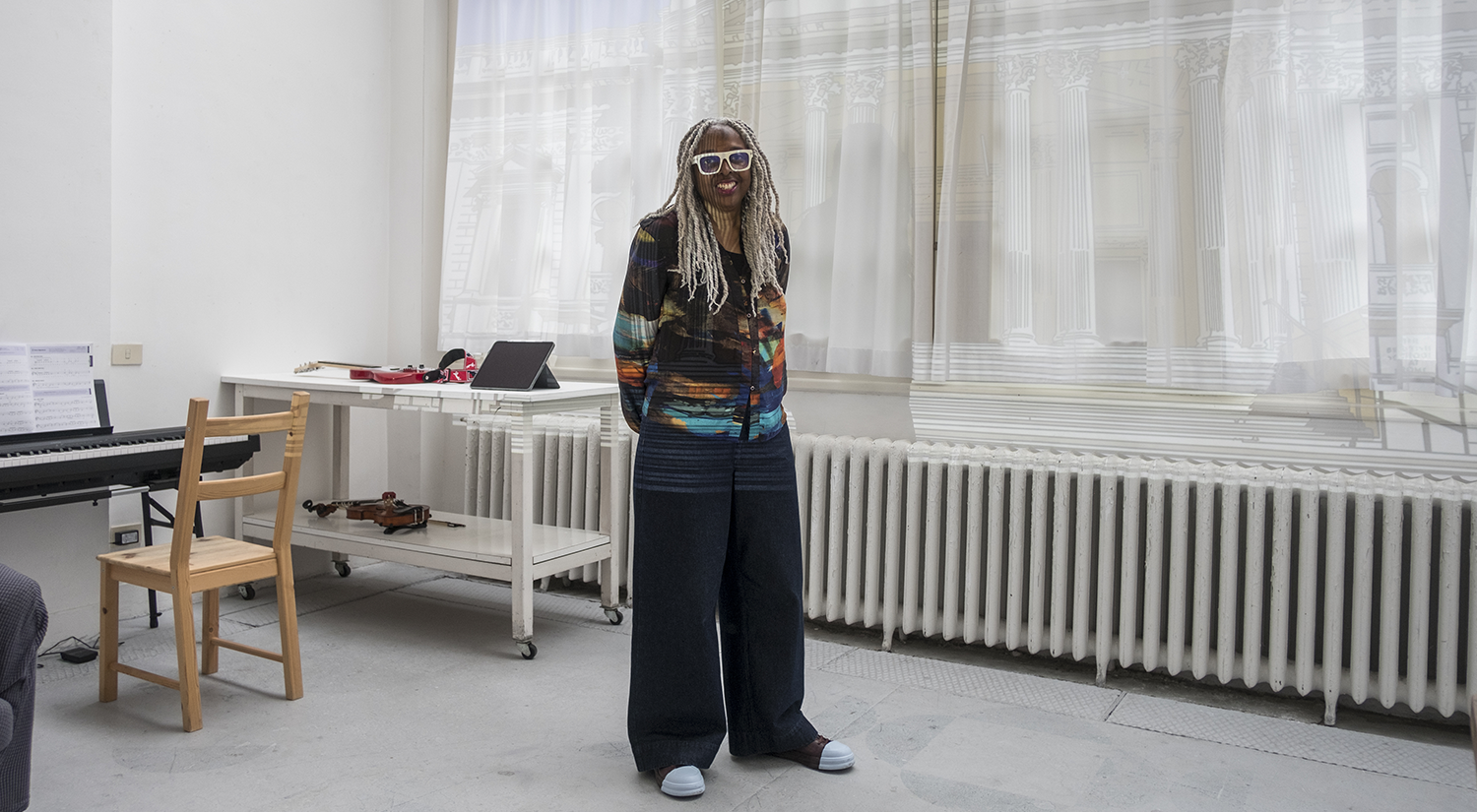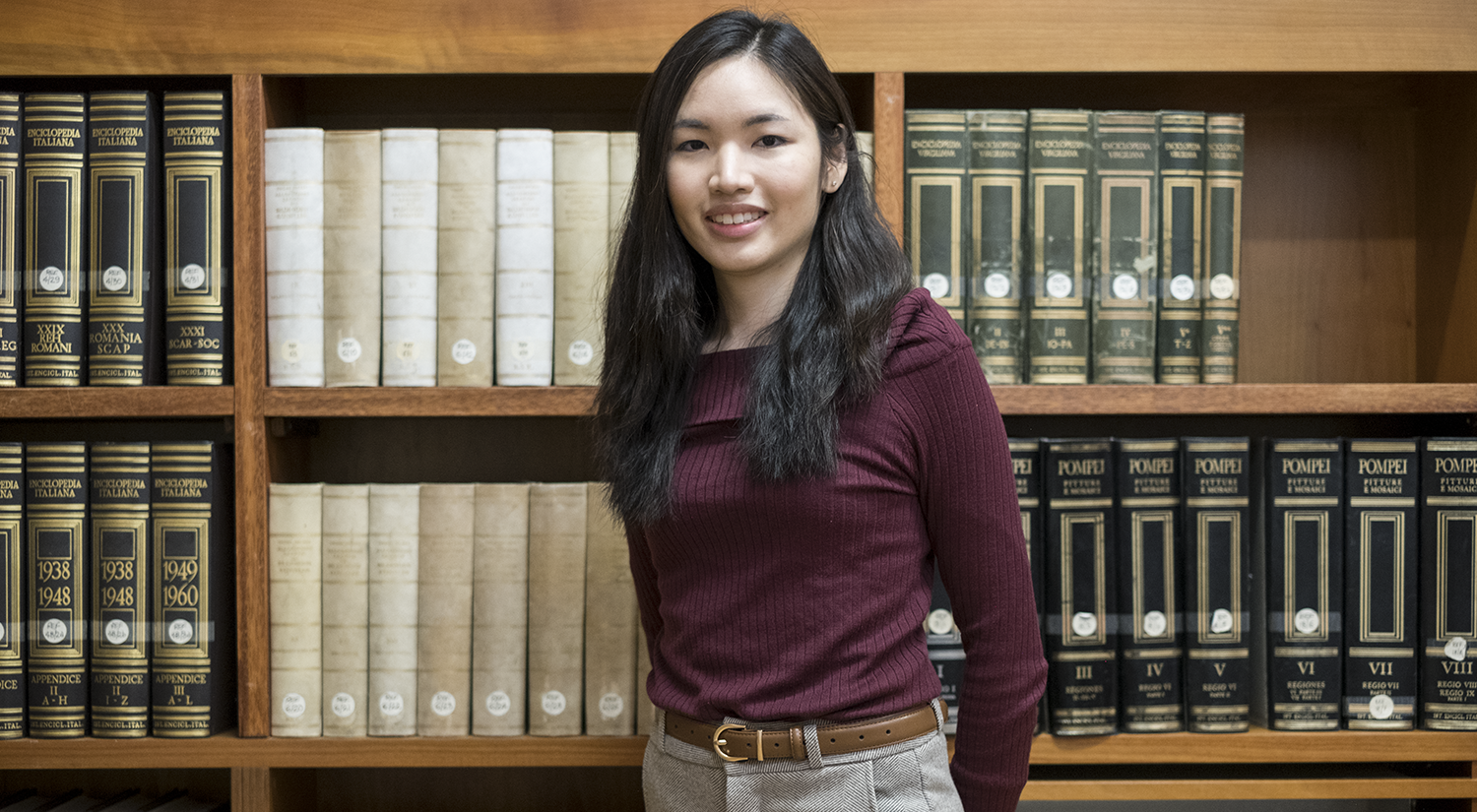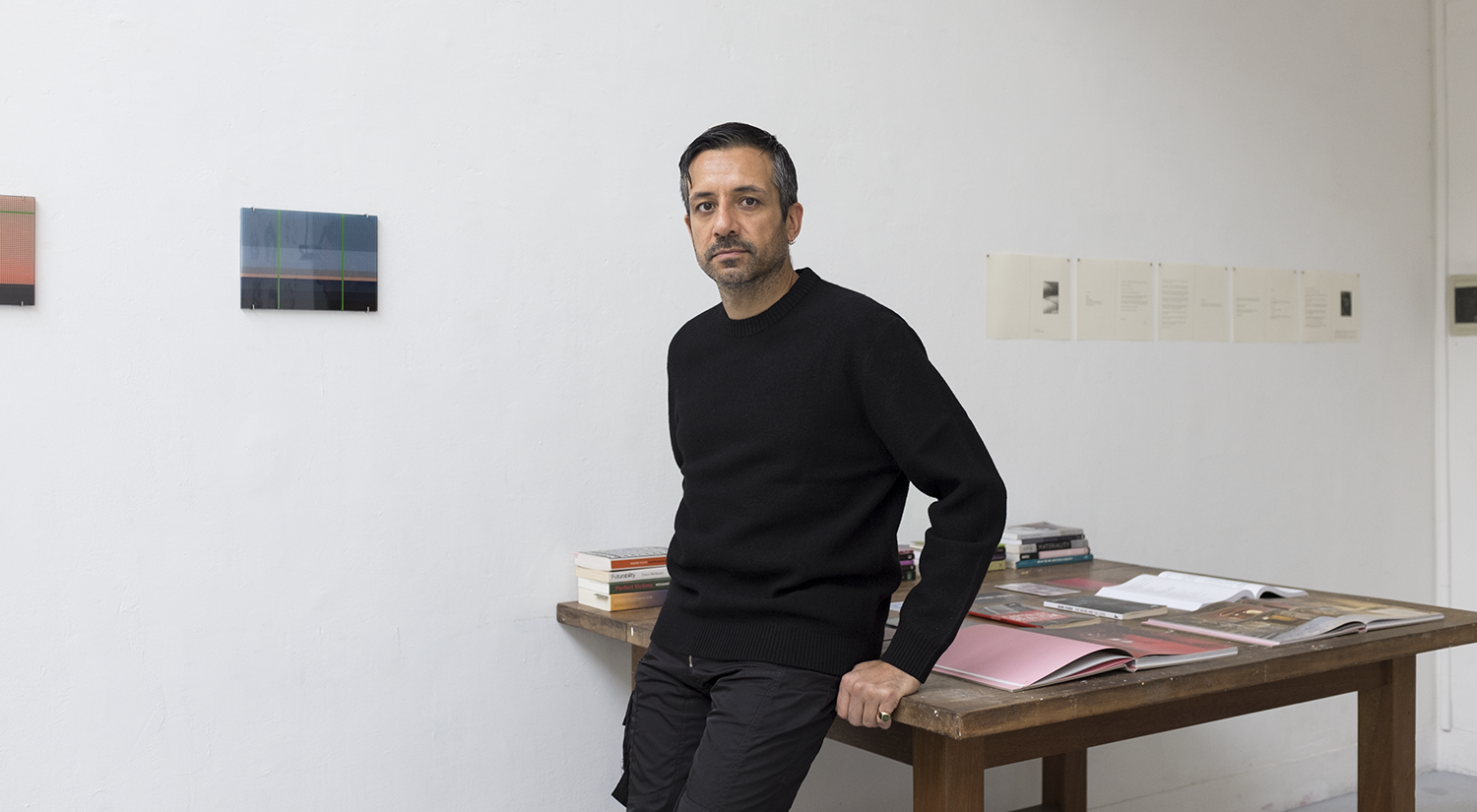Our last interview features artist Cornelia Parker, who held a BSR Rome Award in the Fine Arts in 1989 and was shortlisted for the Turner Prize in 1997.
Parker is a sculptor whose work engages with the fragility of existence and the transformation of matter. From the suspended fragments of a garden shed (blown up for her by the British Army), to the repurposing of the paper negatives left over from the Richmond Poppy factory, her work transforms everyday objects into unexpected, haunting scenarios. Cornelia Parker studied at the Gloucestershire College of Art and Design (1974–75) and at Wolverhampton Polytechnic (1975–78); she received her MFA from Reading University in 1982. She has also received several honorary doctorates: from the University of Wolverhampton in 2000, the University of Birmingham in 2005, the University of Gloucestershire in 2008 and the University of Manchester in 2017. Her first solo exhibition was at the Institute of Contemporary Art in Boston in 2000, and in 2022 her work was featured in an important solo exhibition at Tate Britain in London.
In 2023 she gave a talk at the British School at Rome, as part of the BSR programme Talk Materialities.
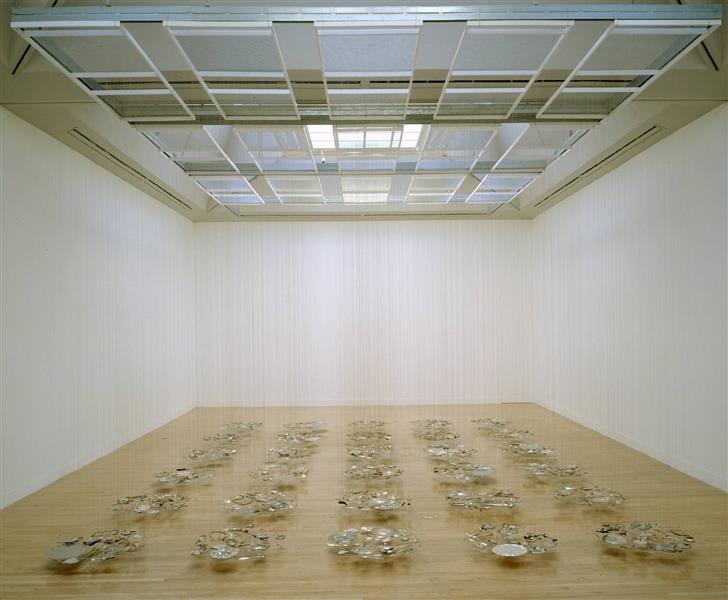
Cornelia Parker was 33 when she was a fellow at the BSR, between October and December 1989. She had recently made a landmark work, Thirty Pieces of Silver – 30 silver objects including plates, candlesticks and spoons which she had crushed by a steamroller. Soon she would go on to make another famous work, Cold Dark Matter: An Exploded View, for which the army blew up the contents of a garden shed. Her time in Rome coincided with a significant historical moment. She remembers that the artist in the next door studio drove across Europe in the London black cab he owned – and returned with a chunk of the Berlin wall for her.

Parker had some ambitious ideas of what she wanted to achieve – she remembers trying to persuade some makers of funeral plaques to work with her. That didn’t quite work out, “but it didn’t matter,” she says. “I spent most of my time walking around Rome, what I call nut-gathering” – thinking and looking. She loved the Pantheon, the Forum and the Via Appia Antica, as well as poking around the weekly Porta Portese flea market. She recalls a very different, and sometimes perilous, Rome from the largely safe city of today, including some hairy nocturnal walks through the Giardini Borghese. “I loved the wildness of it,” she says. “I thought of Rome as earth and fire as opposed to Venice’s air and water. Rome had a kind of subterranean feel to it.” She did develop one significant work: an installation she called Inhaled Fruit, for which she threaded quantities of dried fruit – chillis, cherries, pineapple – on wire through her studio, which she lit with a bare lightbulb. “The material seemed to sum up the intoxicating richness of the city, which sometimes could be cloying, overpowering,” she wrote later. She refined the work in 1999 for a project in Spitalfields Market, London, renaming it Fruit Swarm.
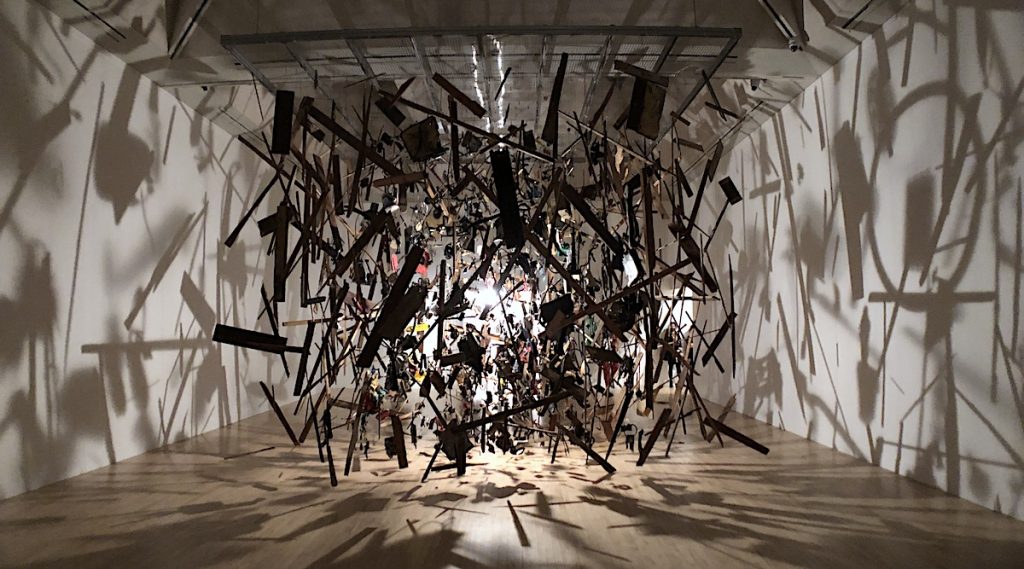
The BSR of the time had the air of an Oxford or Cambridge college, with its nightly formal dinners in the refectory (nowadays formal dinners are reserved for Wednesday nights and the everyday atmosphere is more relaxed and friendly). Parker and her fellow residents undercut the solemnity with some “riotous” nights. It was a friendly group, she recalls. “I enjoyed the archaeologists. I’ve worked with archaeologists, have friends who are archaeologists. Archaeology is perhaps more parallel to my practice than pure fine art.” One of her more remarkable memories was visiting a fellow artist for dinner who was staying in a very beautiful, very white apartment borrowed from a film director in Trastevere. “I remember going to the bathroom and thinking, ‘I’m sitting on Bernardo Bertolucci’s loo”, she says.





